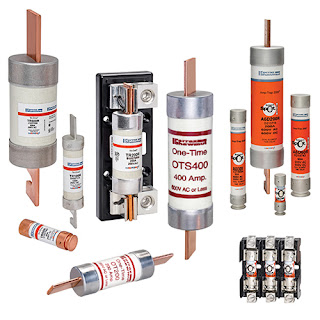Daughtercard Connector Enables Quick System Upgrades to Boost Performance up to 20 Gbps
The Z-PACK HM-Zd Plus daughtercard connector significantly lowers PCB footprint crosstalk, allowing users to run faster data rates. In addition, the product's contacts have been designed with a smaller eye-of-the-needle (0.46mm) for tighter impedance control that provides superior electrical performance. As a result, the connector design helps improve insertion loss characteristics.
The Z-PACK HM-Zd Plus daughtercard connector offers density up to 16 Differential Pairs (DP) per centimeter (40 DP per linear inch) in a 25.4mm slot-pitch. It is available in two, three and four pairs per column -- fitting a 20.32mm slot-pitch for the two- and three-pair versions and a 25.4 mm slot-pitch for the 4-pair version. Integrated pre-alignment features and polarization are built into the product's robust mating interface.
Target applications include telecommunication equipment such as hubs, routers and switches; data networking equipment such as servers and storage devices; test and measurement equipment; and medical diagnostic equipment. The Z-PACK HM-Zd Plus daughtercard connector meets the Advanced Differential Fabric requirements of the PICMG 3.X. Advanced TCA (ATCA) specification, making it well suited for various ATCA next-generation applications.
TE additionally offers ATCA power modules and ATCA guidance hardware.


Comments